Are you debating between the Inca Trail vs Salkantay Trek? This guide will help you choose and provides some tips as to what to expect and where to book.
The Salkantay Trek vs Inca Trail debate is a tough call. The choice will depend on the amount of time you have in the region and your physical fitness.
How to Choose Between the Inca Trail and Salkantay
Choosing between the Inca Trail and the Salkantay Trek in Peru hinges on preferences for experience, physical ability, and timing. The iconic Inca Trail offers a historic route, culminating at Machu Picchu, with ancient ruins and diverse landscapes.
The Salkantay Trek is more rugged, traversing high-altitude passes and showcasing breathtaking scenery including the Salkantay Mountain. It’s a great alternative for those seeking more a little more solitude and wilderness. Like the Inca Trail though, it also ends at Machu Picchu. Deciding between them requires you to weigh your personal adventure preferences. Most of all, your choice depends on time.
Good to Know for Peru
Currency: Sol
Capital City: Lima
Primary Language: Spanish
Bordering Countries: Brazil, Ecuador, Chile, Bolivia
How hard is the Salkantay Trek?
The Salkantay Trek difficulty is considered moderately hard to strenuous, depending on your level of fitness and acclimatization to high altitudes. The trek involves hiking over rocky, rough terrain, including steep ascents and descents, as well as crossing high mountain passes, with altitudes reaching over 15,000 feet (4,600 meters). That’s higher than the highest peak in the continental United States.
Altitude sickness can be an issue for some trekkers, so it’s important to acclimatize properly before starting the trek and to stay hydrated throughout. This will reduce the difficult of the hike. Chewing coca leaves or drinking coca tea are common ways to reduce the effects of altitude sickness. The weather can also vary, with cold nights and potentially unpredictable conditions, adding to the challenge.
- Salkantay Trek Miles: 45 miles point to point
- Salkantay Trek Max Elevation: 15,090 feet at Salkantay Pass
- Salkantay Trek Elevation Gain: 3,900 to 4,920 feet (1,200 to 1,500 meters)
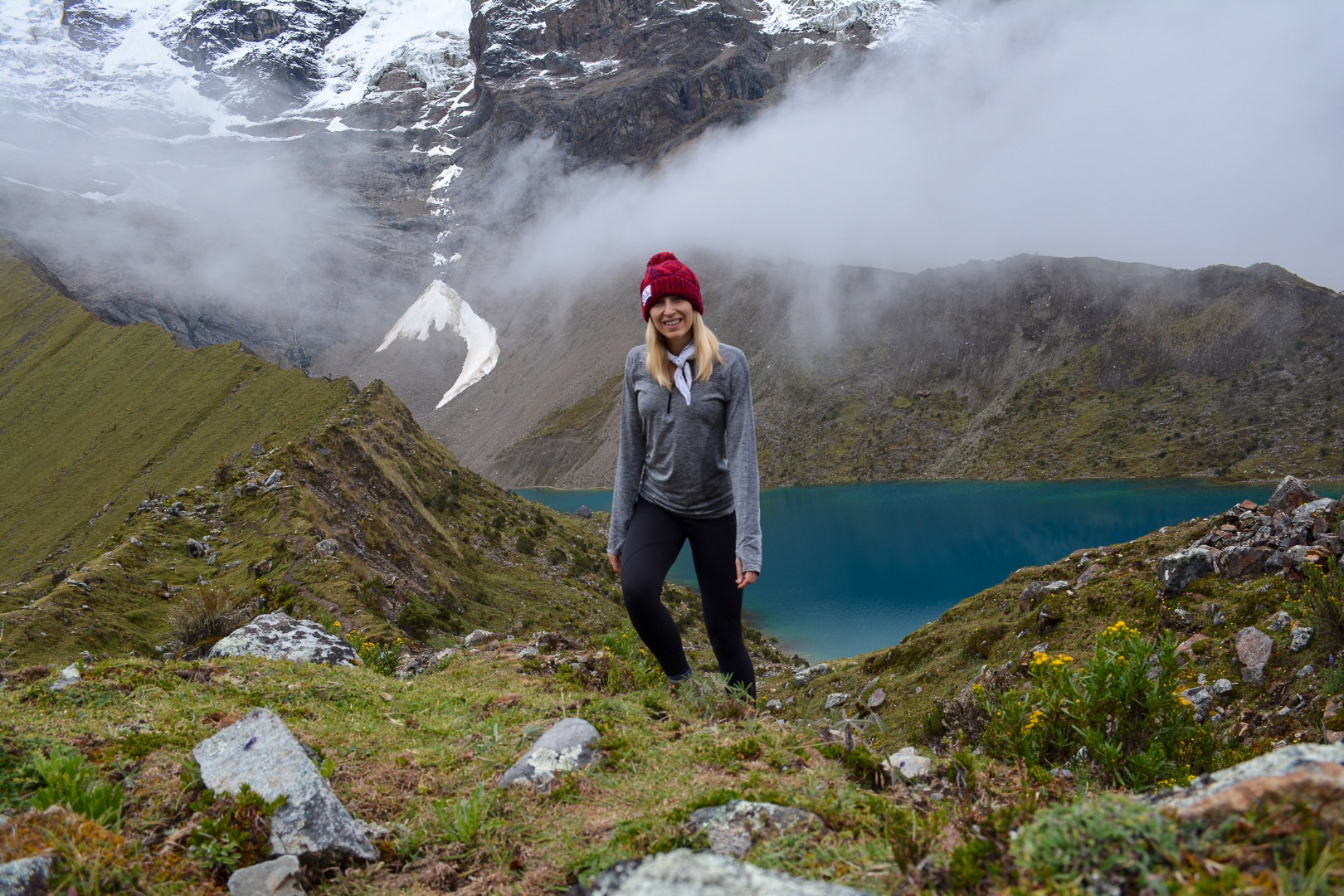
How hard is the Inca Trail?
The Inca Trail is also considered moderately to strenuously difficult, primarily due to its high altitude and steep climbs, although they are not as bad as on Salkantay. Trekkers typically hike for three or four days, covering about 26 miles (43 kilometers) of ancient Inca pathways, including several high mountain passes. The highest of these passes is Warmiwañusqa (Dead Woman’s Pass) at over 13,000 feet (4,200 meters) above sea level. This is lower than the highest point on Salkantay.
Similar to the Salkantay Trek, altitude sickness can be a concern, and proper acclimatization is important. Additionally, the Inca Trail can be physically demanding due to its rocky terrain, uneven steps, and occasional narrow paths. Wearing proper footwear and using trekking poles help a lot.
- Inca Trail Miles: 26 miles point to point
- Inca Trail Max Elevation: 13,800 feet
- Inca Trail Elevation Gain: 3,900 to 4,920 feet (1,200 to 1,500 meters)
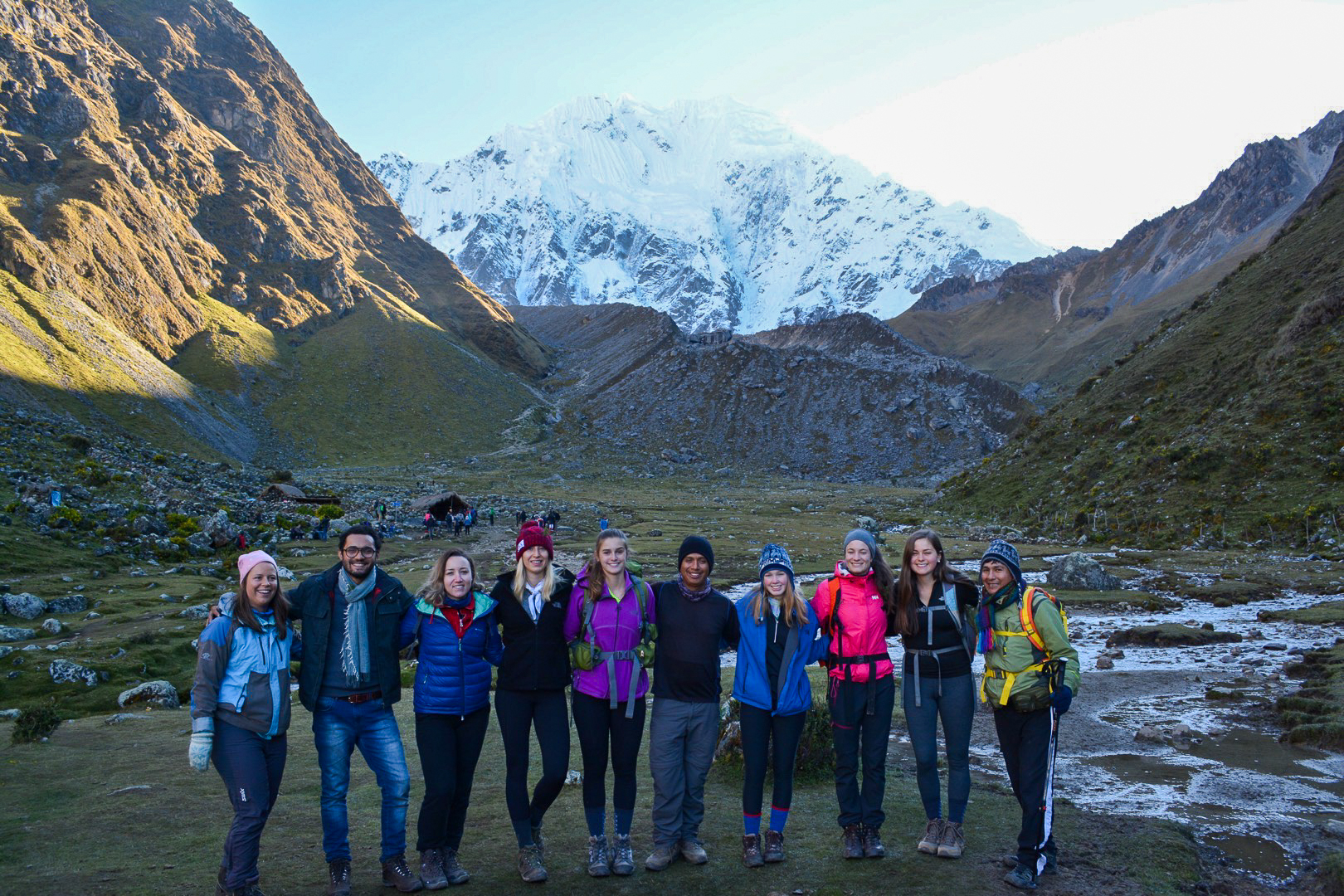
How long is the Salkantay Trail?
The Salkantay Trek is typically a five-day, four-night journey covering a distance of approximately 45 miles (72 kilometers). However, there are variations of the trek that can be shorter or longer depending on the specific itinerary chosen by tour operators. The route usually starts near Mollepata and concludes at Aguas Calientes, the town located at the base of Machu Picchu.
How long is the Inca Trail?
The classic Inca Trail covers approximately 26 miles (43 kilometers) over four days, three nights of hiking. This distance includes the route from the starting point at Kilometer 82 (or sometimes Kilometer 88) to the Sun Gate (Inti Punku), which provides the iconic first view of Machu Picchu from a distance.
Related: Africa’s Moka Volcano Hike to Lago Biao


What is the highest altitude of the Inca Trail vs Salkantay?
The highest altitude reached on the classic Inca Trail is at Warmiwañusqa, commonly known as Dead Woman’s Pass, which stands at approximately 13,800 feet (4,200 meters) above sea level.
On the Salkantay Trek, the highest altitude reached is typically at the Salkantay Pass, which reaches over 15,000 feet (4,600 meters) above sea level. This makes the Salkantay Trek higher in altitude compared to the Inca Trail.


Where to Book your Trek
There are a number of organized hike tours that take you on a guided trek through the Andes. It is possible to do the Salkantay Trek without guide, however you should be highly familiar with the area, pack your own gear, and be an experienced backpacker. Instead, I highly recommend going on a guided trek as it is a fun way to meet people, learn more about the area, and take a lot of the difficult planning out of the challenge.
The good news in the Inca vs Salkantay Trail debate is that they are both amazing and that there are many good guides to ensure an easy and rewarding experience. One of the best Salkantay trek companies is Vertigo. This is who I used to book my trip. I booked my trek a few days before departure and in person in Cusco. You can also book your trip in advance to secure your spot through GetYourGuide.
Related: How to Leave No Trace
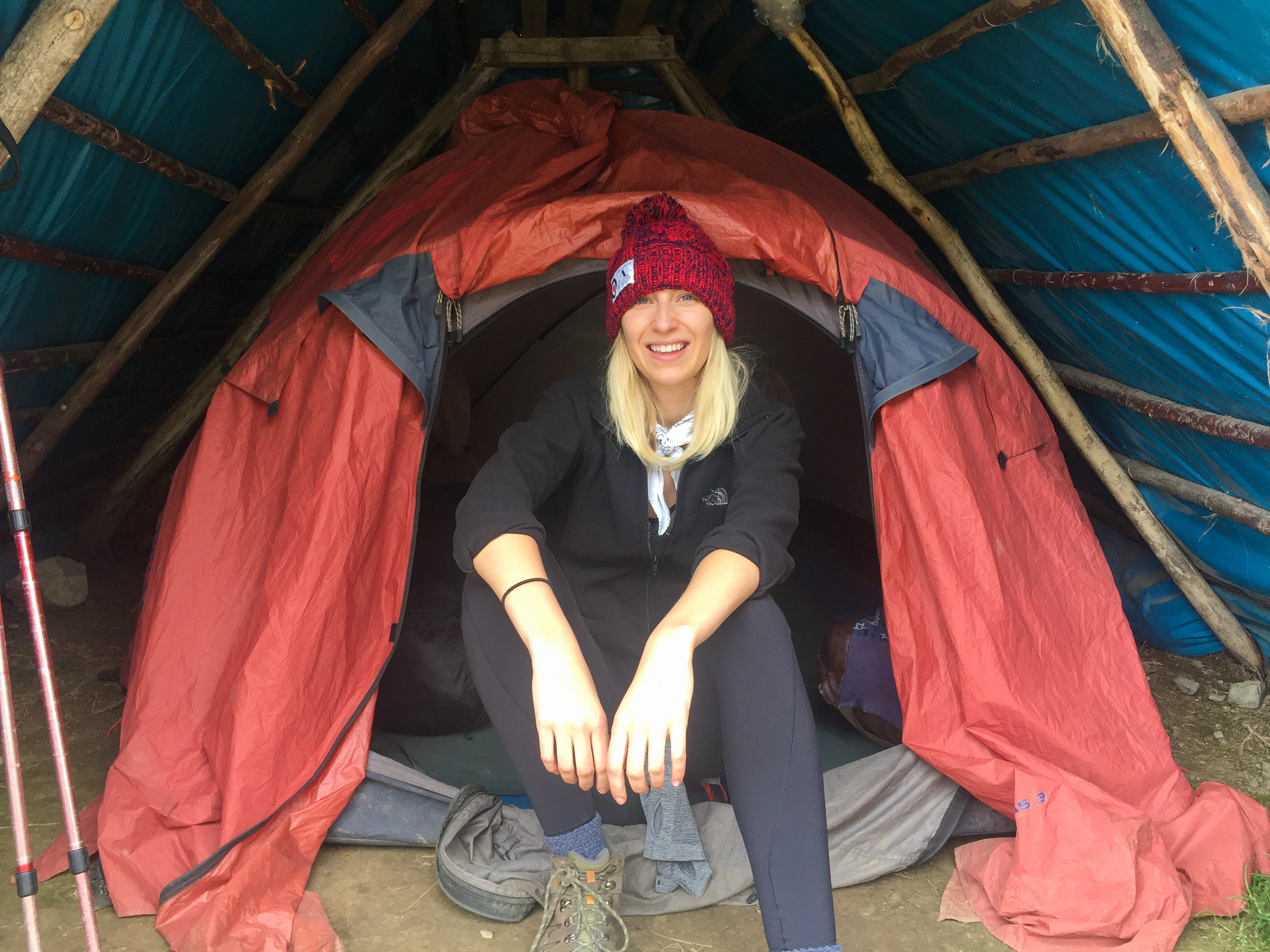

Salkantay Trek Itinerary
As I did the Salkantay Trek, I can best speak to what you can expect on this trip as opposed to the Inca Trail. The Salkantay itinerary consists of four days of hiking and camping and is one of the prettiest places in Peru. There are some extension options if you want to do a longer option. In general though, the itinerary proceeds as follows:
Day 1: Cusco – Mollepata – Soraypampa – Humantay
First, you get an early morning pick-up from your accommodation in Cusco. Some groups may have a mutual meeting location instead. That morning, you drive to Mollepata, a small village where you’ll have breakfast and can have a bathroom break. Shortly after, you begin the trek to Soraypampa, the first campsite. Along the way, you’ll pass through valleys and have views of snow-capped peaks. After a rest, you have an optional short hike to Lake Humantay, one of the prettiest lakes I’ve seen. It isn’t particularly big, but the views are amazing. You then have dinner and spend the night here at Soraypampa.
Day 2: Soraypampa – Salkantay Pass – Huayracpunku – Chaullay
The next day, you have an early wake-up call and breakfast. You’ll likely be offered hot tea or coffee. On this day, you begin the ascent to the highest point of the trek, the Salkantay Pass. This is a huge highlight of the journey. You might see horses along the way. After the pass, you descend to Huayracpunku for lunch followed by trekking down into the cloud forest, the upper zone of the Amazon Rainforest. Finally, you reach the campsite at Chaullay and spend the night.
Day 3: Chaullay – Collpapampa – La Playa – Hidroelectrica – Aguas Calientes
After breakfast, you continue your way through the cloud forest. Keep an eye out for critters. I found a giant red leg millipede along the trail, which are pretty common to find. Later, you’ll reach Collpapampa for lunch. After a bit more hiking you reach a narrow road where you take private transport to the Hidroelectrica train station. From here, you hike along the train tracks to Aguas Calientes, the town located at the base of Machu Picchu. After, two nights of camping, you get to stay in hotel and explore town – albeit an odd town (overly commercialized and touristy as the base of Machu Picchu). After three months in Peru, Aguas Calientes was definitely my least favorite place in the country.
Day 4: Aguas Calientes – Machu Picchu – Cusco
Finally on your last day, you wake up early to walk to Machu Picchu. You climb up hundreds of stairs to reach the entrance. This is the last major physical challenge, and makes reaching the ultimate view of Machu Picchu that much sweeter. To add to the experience, you do this in the dark and early dawn so you need a headlamp.
You can take a guided tour of Machu Picchu or explore on your own. You’ll likely find llamas and alpacas wandering about. Optionally, you can hike up to Huayna Picchu or Machu Picchu Mountain. These tickets need to be booked in advance and are separate. After a few hours, you return to Aguas Calientes and ultimately Cusco.
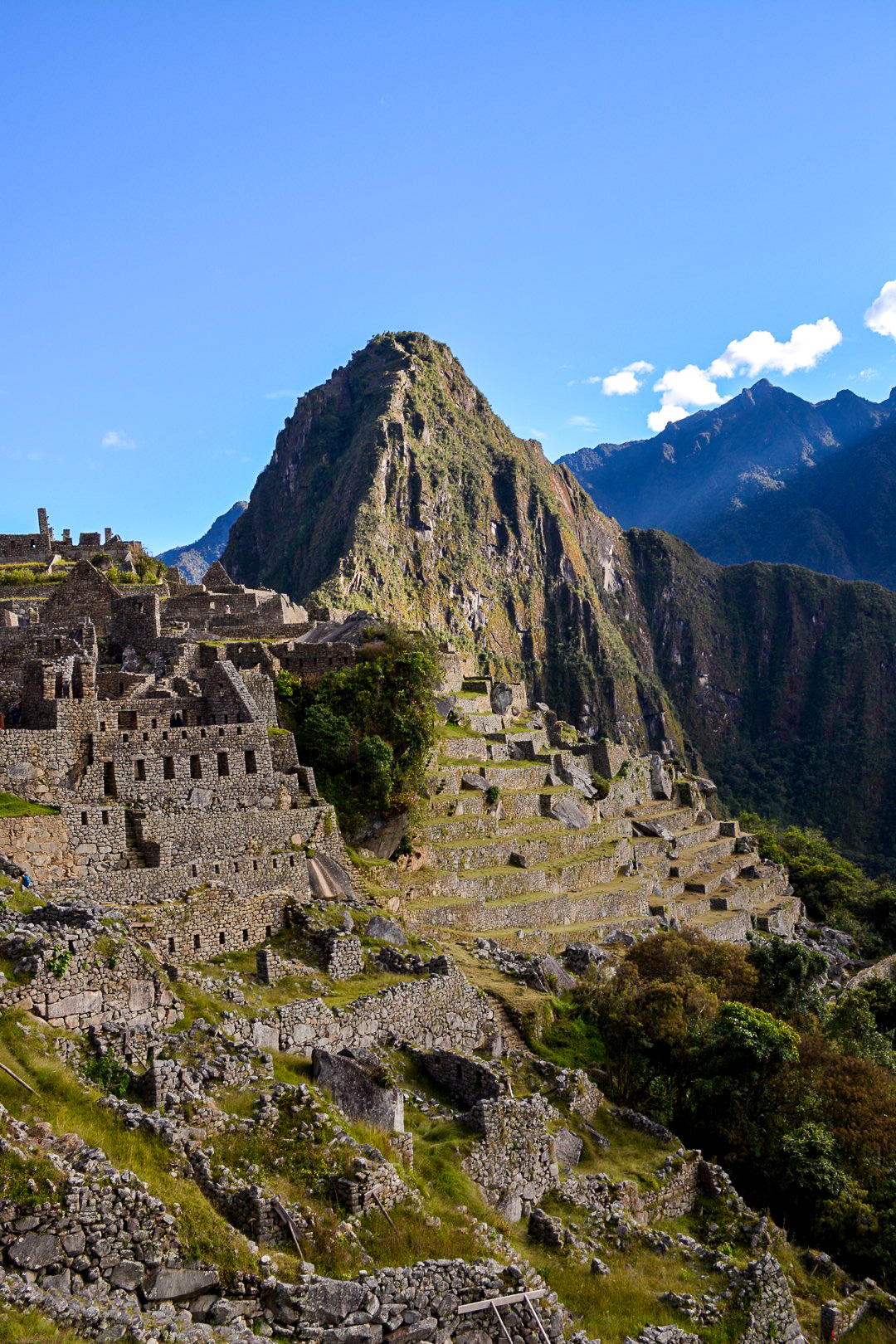
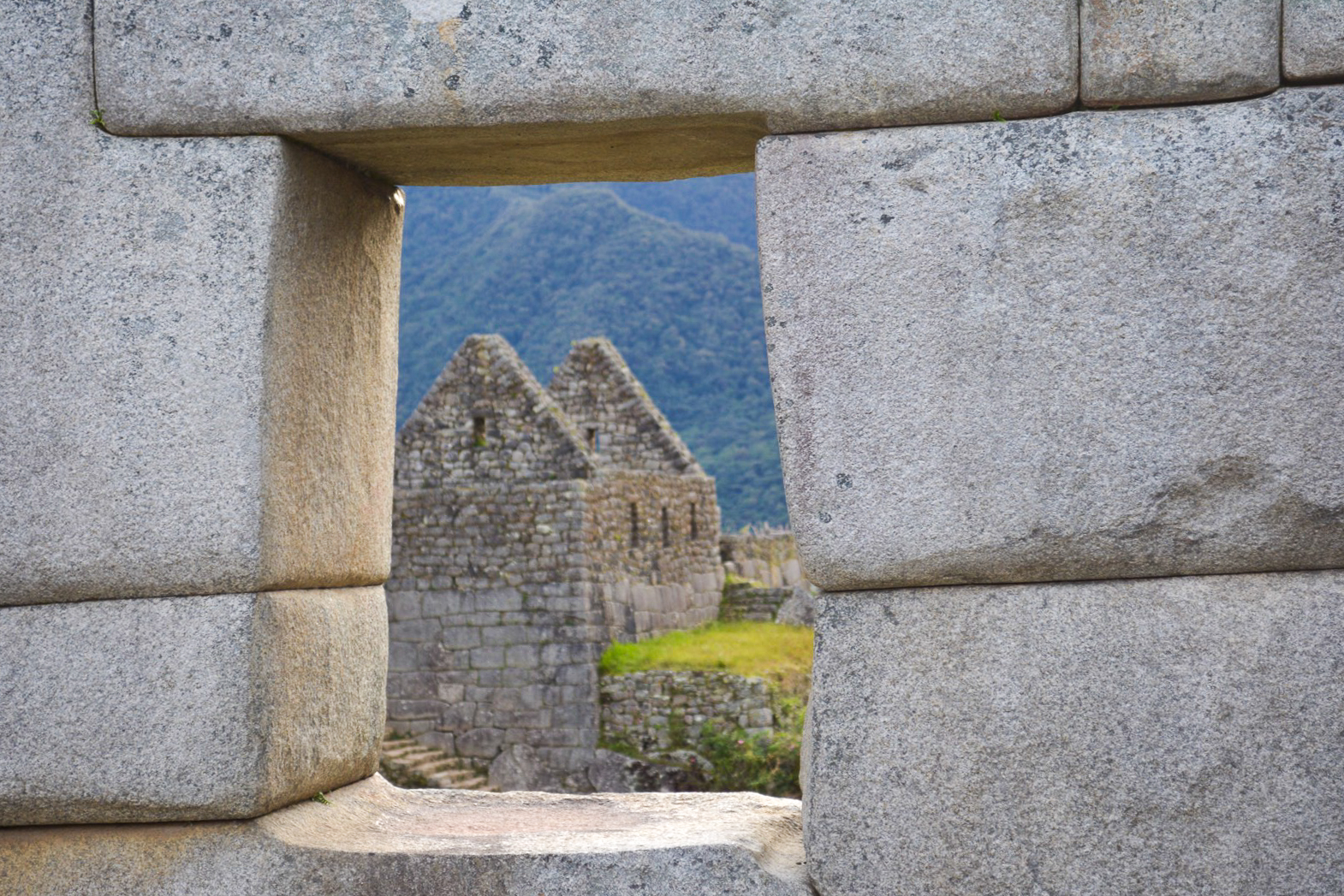
Salkantay Trek and Inca Trail Weather
The Salkantay trek weather depends on the time of year. As you traverse wide ranging micro-climate zones and elevation, the weather changes quickly. Generally, the best time to do the trek is during the dry season, which runs from May to September. During this time, you can expect mostly clear skies and dry weather, with daytime temperatures ranging from 50°F to 68°F (10°C to 20°C) at lower elevations and dropping to below freezing at higher altitudes, especially overnight.
The Inca Trail follows a similar pattern although the climate zone fluctuations are not as extreme. I did both trails in July and did not feel too hot. There were a few periods at lower elevation where I stripped down to a tank top, but it was not miserably hot or intense.
Related: Guatemala’s Fuego Volcano Hike

Are the Salkantay and Inca Trail worth it?
In sum, deciding between the Inca Trail vs Salkantay Trail is a tough call. It mainly comes down to two things: the amount of time that you have and your confidence in your fitness level. Either one is a great choice for visiting one of the New Seven Wonders of the World and UNESCO World Heritage Site, Machu Picchu.
Taking the Salkantay Trek or Inca Trail to Machu Picchu is the best way to get there in my opinion. It is an incredible reward after 3-5 days of hiking in the Andes. I cannot underscore this enough – doing the Salktantay Trail with Machu Picchu is one of the most incredible and memorable travel experiences in my life.
This site contains affiliate links that send a small referral commission to me when you book. This supports the writing of helpful guides on this blog. They incur no additional cost to you.
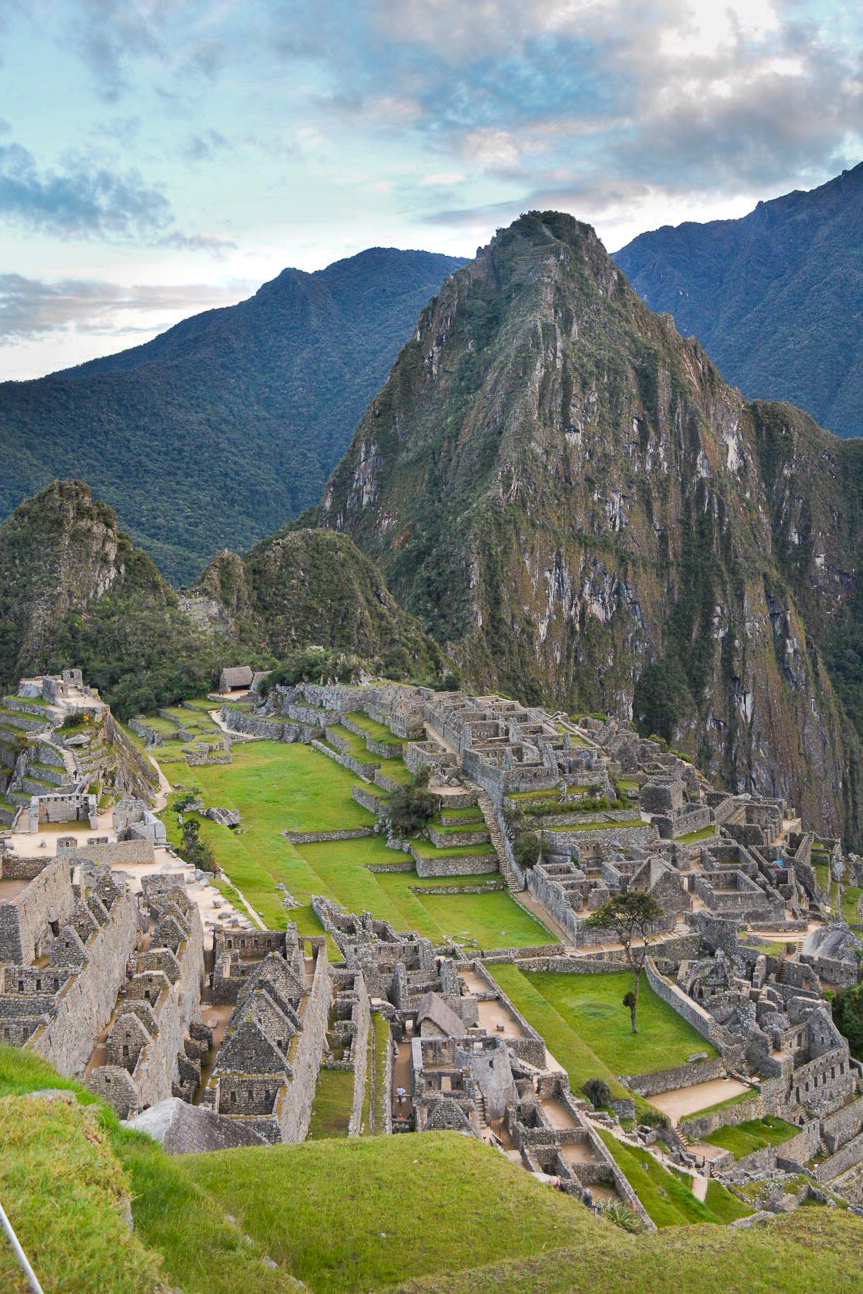



Leave a comment